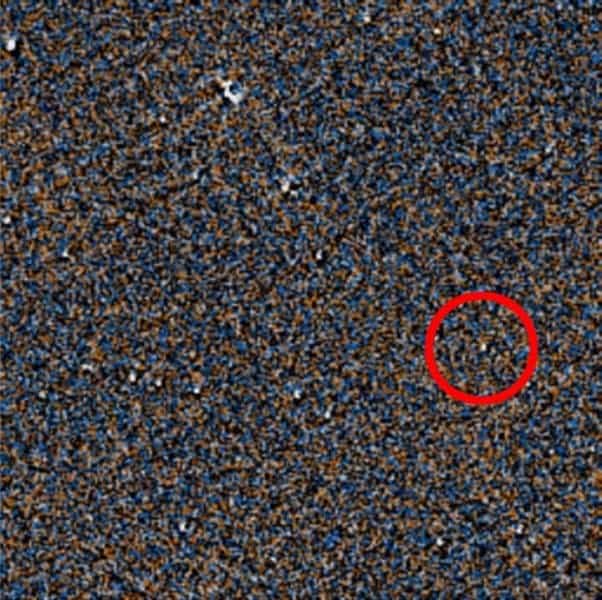In this day and age, everyone can be a scientist.

This gif shows the ‘flipbook’ from which citizen scientists identified the new brown dwarf, marked with the red circle. Image credits: NASAClose
After only six days, a new citizen science tool yielded impressive results: users alerted astronomers about a mysterious object which turned out to be a brown dwarf, relatively close to our solar system.
“I was so proud of our volunteers as I saw the data on this new cold world coming in,” said Jackie Faherty, a senior scientist in the American Museum of Natural History’s Department of Astrophysics and one of Backyard World’s researchers. “It was a feel-good moment for science.”
The Backyard Worlds allows anyone with a computer and access to the internet to make astronomical discoveries and help NASA scientists. Like many other citizen science initiatives, especially in regards to astronomy, the need for such projects is evident: there’s simply too much data for researchers to analyze, and there’s no way to make an algorithm do a pre-analysis. So the idea is to enlist the help of volunteers from the general public who then signal interesting features and pass them on to astronomers.
In this particular case, volunteer browsed through images taken year after year by NASA’s Wide Field Infrared Survey Explorer (WISE) spacecraft. If something is close, it will appear to “jump” when multiple images (taken with a significant time distance between them) are compared. The more than 37,000 participants in the Backyard World project are supposed to flag objects that jump like this.
Bob Fletcher, a science teacher in Tasmania, identified a very faint object moving this way. Soon, three other citizen scientists from Russia, Serbia, and the United States flagged the same thing, which spurred researchers to also analyze it, and were thrilled they did so.
The object was too faint to be picked up by previous sky surveys, and without the volunteers, it would have remained undiscovered for a long time. All four volunteers are co-authors on the scientific paper announcing the discovery.
The star they discovered is a brown dwarf — strange objects, too large to be a planet but too small to be a star. Unlike the stars in the main-sequence, brown dwarfs are not massive enough to sustain nuclear fusion of ordinary hydrogen but they can fuse deuterium, generating some heat.
“Brown dwarfs are strikingly similar to Jupiter so we study their atmospheres in order to look at what weather on other worlds might look like,” said Jonathan Gagné, a Backyard Worlds team member from the Carnegie Institution for Science.
Journal Reference: Marc J. Kuchner, Jacqueline K. Faherty, Adam C. Schneider, Aaron M. Meisner, Joseph C. Filippazzo, Jonathan Gagné, Laura Trouille, Steven M. Silverberg, Rosa Castro, Bob Fletcher, Khasan Mokaev, Tamara Stajic. The First Brown Dwarf Discovered by the Backyard Worlds: Planet 9 Citizen Science Project. The Astrophysical Journal, 2017; 841 (2): L19 DOI: 10.3847/2041-8213/aa7200









